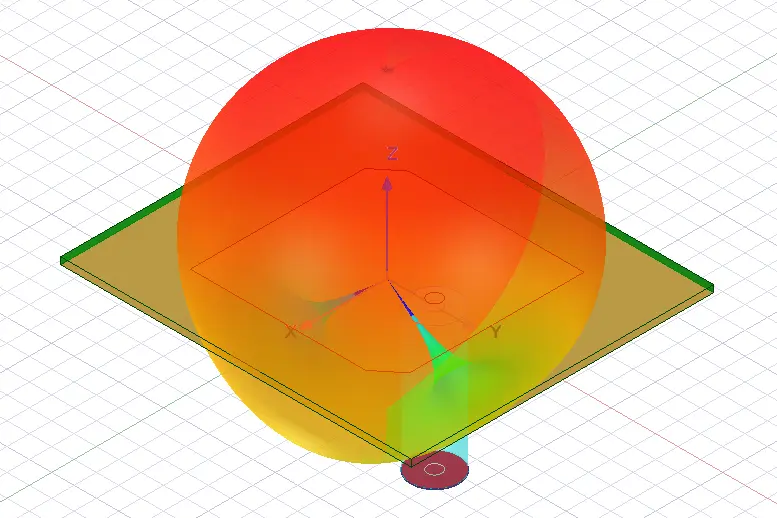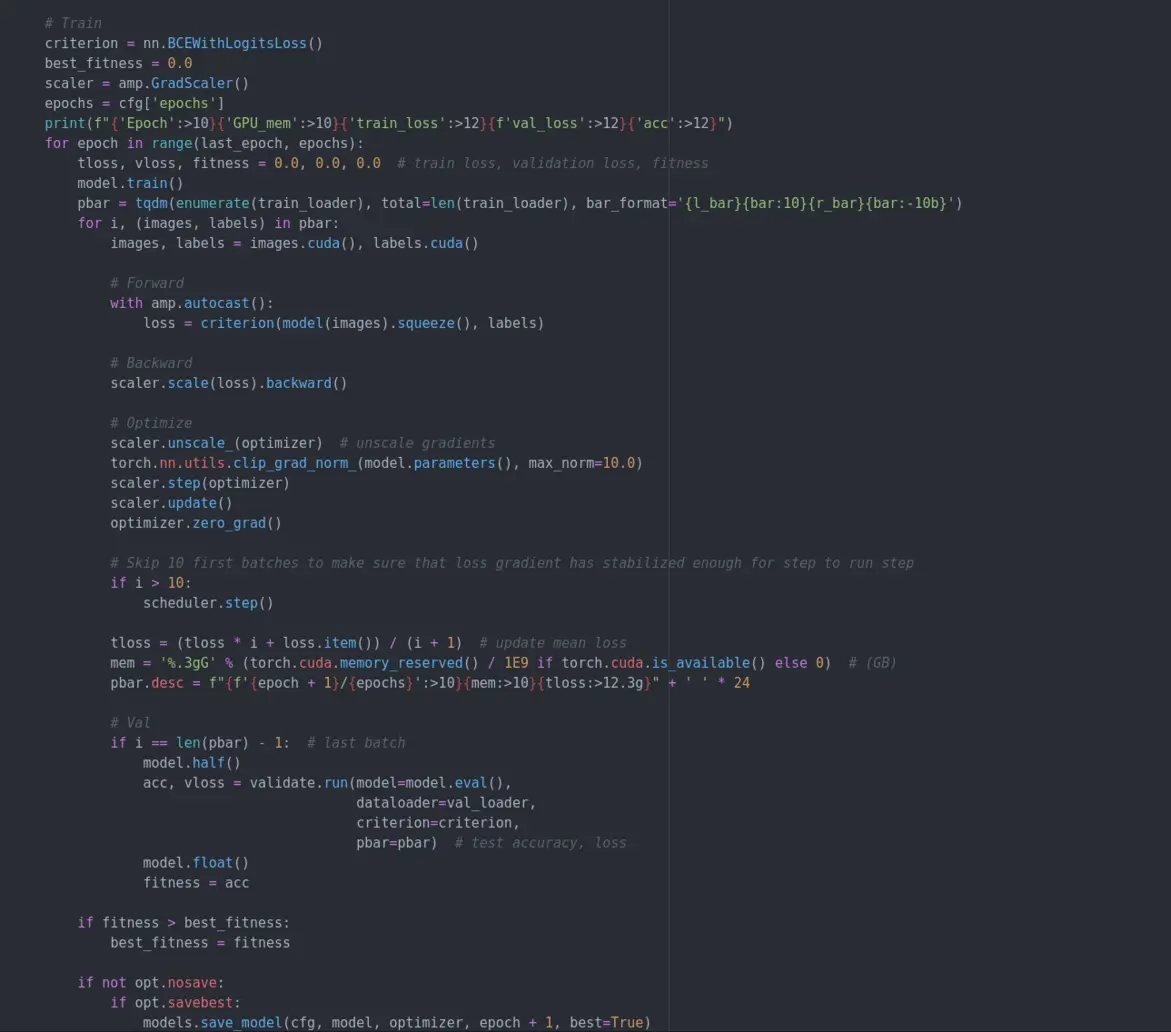Airfoil selection
This is the process of selecting the appropriate airfoil based on criteria set by the mission requirements and design preferences. Since it is conducted at the beginning of the design process mainly low-fidelity tools are used for that matter, however, high-fidelity tools can be used to appropriately visualize the flow.

Wing, tail and fuselage design
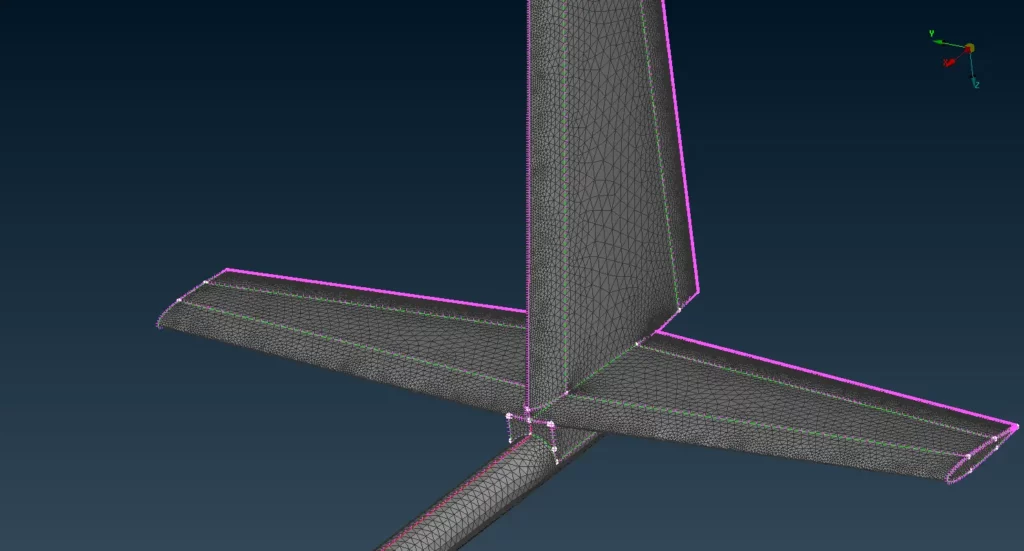
The configuration layout consists of the design process followed in order to satisfy the mission parameters that are set during the mission assessment. The wing mainly contributes to the production of the required lift. The tail is responsible for achieving stability during flight and the fuselage is responsible for housing the necessary hardware to fly.
Propulsion system selection
This is the process of selecting the ideal propulsion system in order to achieve the necessary thrust to fly while also maximizing efficiency to reduce consumption thus reducing weight and increasing flight time. In our projects we mainly use the combination of an electric motor paired with a propeller. For low-speed regimes common is the use of electric motors and internal combustion engines paired with propellers.
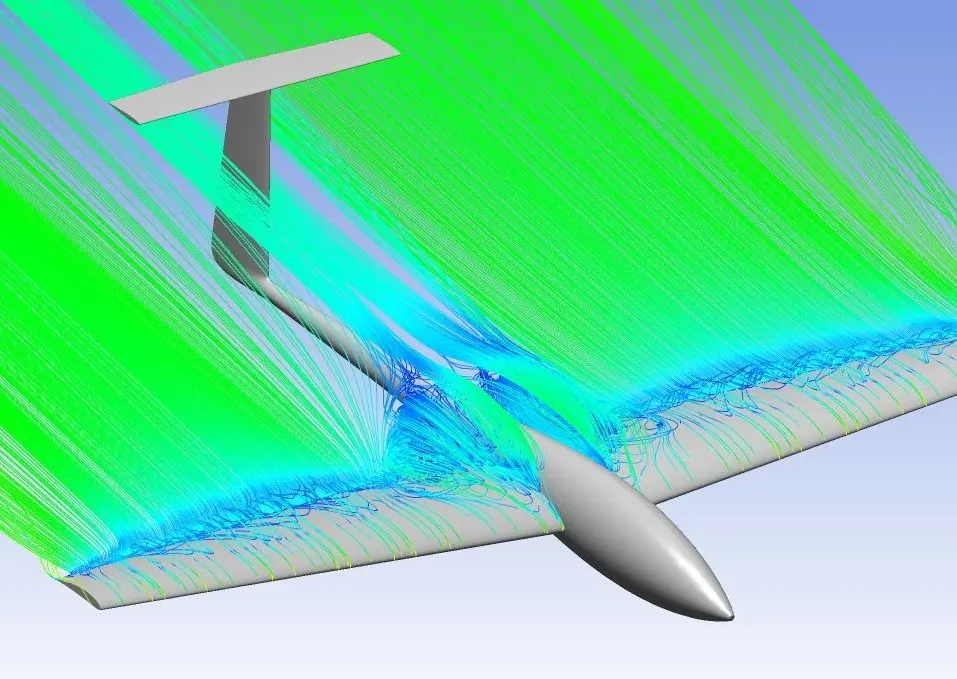
Performance assessment

This is the process of computing the performance output of the aircraft and compare it to the mission assessment parameters initially set. During this process, necessary changes are made in order to achieve the desired performance.
Stability & control analysis
This is the process of assessing the static and dynamic behaviour of an aircraft. The static stability consists of the ability of the aircraft to return to the initial position after experiencing a disturbance, while the dynamic stability consists of the oscillating path followed to return to the initial position. In addition, the control surfaces are designed. The goal is to achieve stability and control parameters such that the flight behaviour of the aircraft matches the mission profile.

Optimization
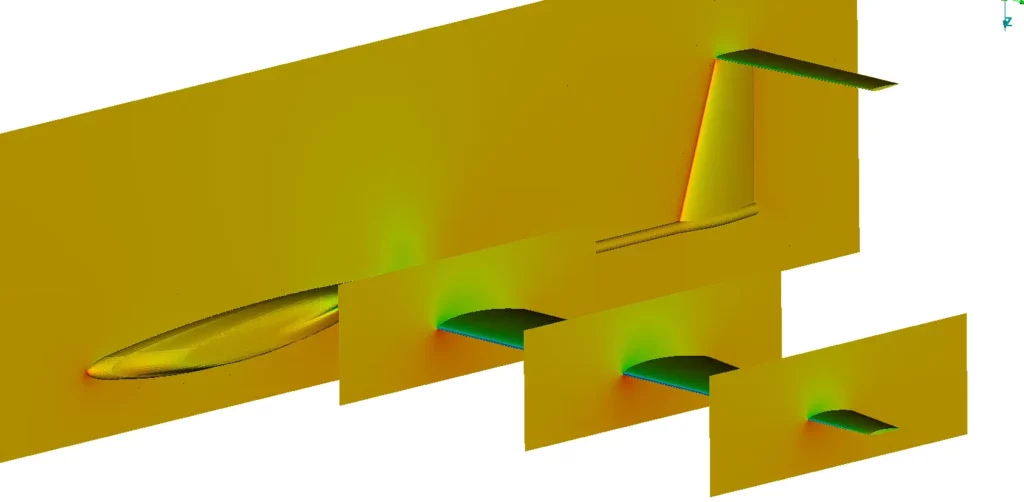
This is the process of optimizing the design in such manner that we maximize the aircraft performance while minimizing drag and weight. This is done with the use of carpet plots where we slightly change the values of certain parameters in order to enhance the values of others and by implementing configurations like winglets, fences etc. if deemed necessary.


